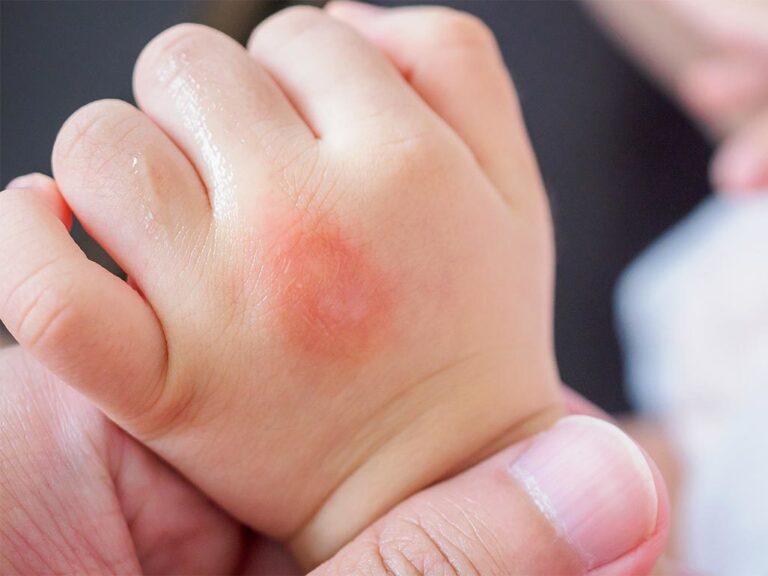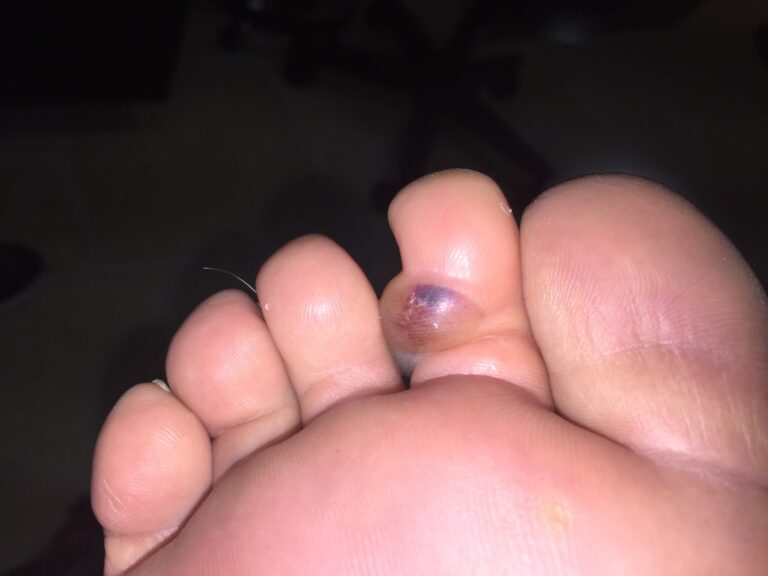By Santa J. Bartholomew M.D. FAAP, FCCM
Venomous Bites
Part three of our Creepy Crawlers series brings us to venomous snake and scorpion bites. Venomous bites have a significant impact worldwide with an estimated 5.2 million bites resulting in as many as 138,000 deaths. The majority of these, however, are in subtropical parts of Africa, Asia, and Latin America.
North America is home to 2 families of venomous snakes, Crotalinae (pit viper family) and Elapidae (coral snake family). In the United States between 1989 and 2018 there were 101 fatal snake bites. A comprehensive analysis of the American Association of Poison Control Centers (AAPCC) database showed that on average, from 2001 to 2005, there were 4,700 native venomous snake-bites reported each year, but rarely caused significant morbidity.
Snakes use venom primarily for targeting prey but also as a form of self-defense. Some species can also bite for self-defense without releasing venom known as dry biting.
Pit Vipers
Pit Vipers account for 98% of bites in the United States, of which
- Various rattle snakes are implicated in 30-40%,
- Cottonmouths comprise 10-15%, and
- Coral snakes compromise fewer than 3% of bites.
Fewer than 8% of bites cause severe systemic toxicity that threatens life or limb. In fact, death is very uncommon. A review of 9,900 venomous bites from 2001 to 2004 had a mortality rate of 0.05% for victims treated in hospitals. Death rates for untreated bites, especially from Mohave rattlesnakes can be as high as 40%.
The venom of the rattlesnake can cause toxicity to the heart as well as neurotoxicity causing seizures and coma.
The majority of snake bite victims are men. Males, who on average suffer more traumatic injuries, are more likely to engage with snakes, accounting for 86% of overall bites.
Timber Rattlesnake
Rattlesnake
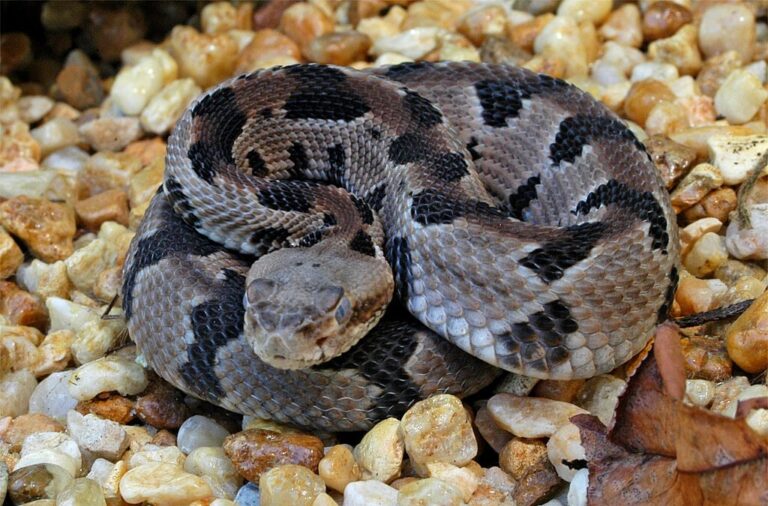
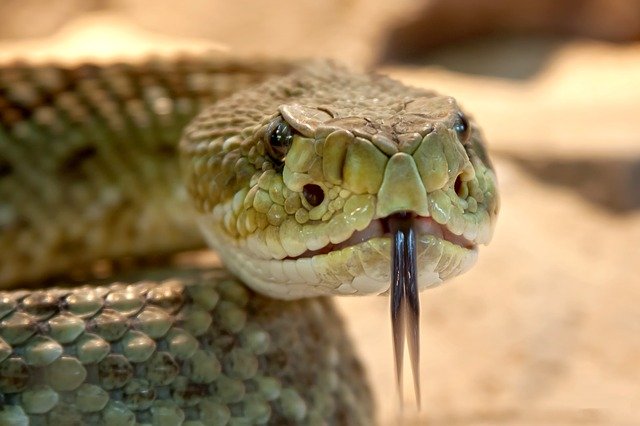
Venomous
Venomous
Cottonmouth Water Moccasin
Copperhead
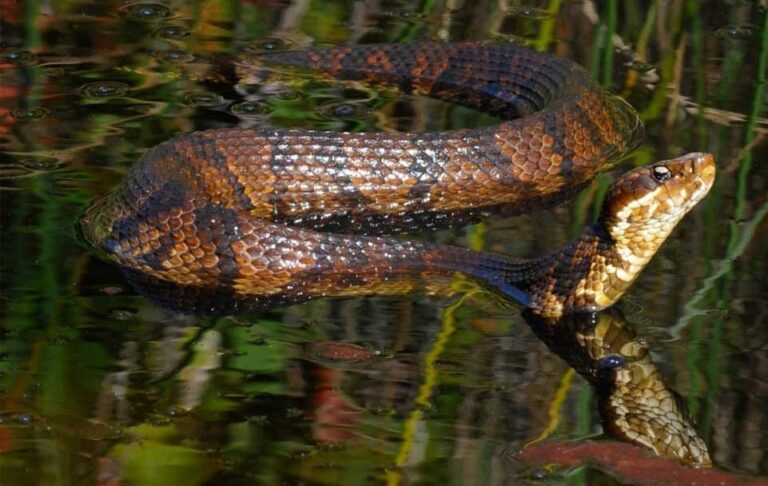
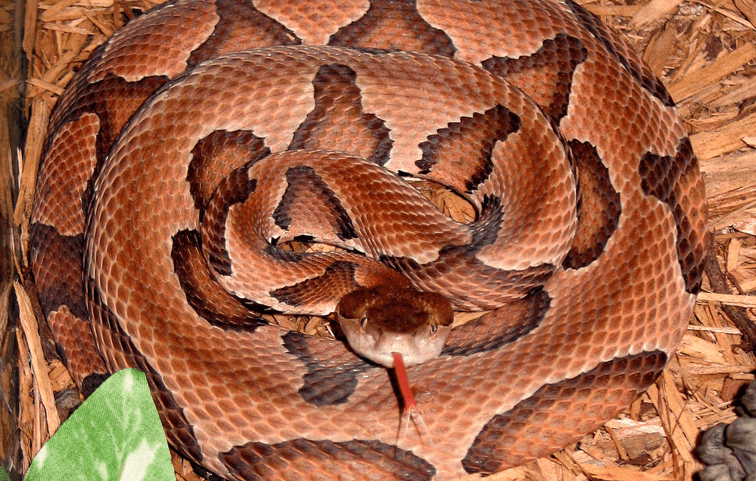
Venomous
Venomous
Eastern Diamondback
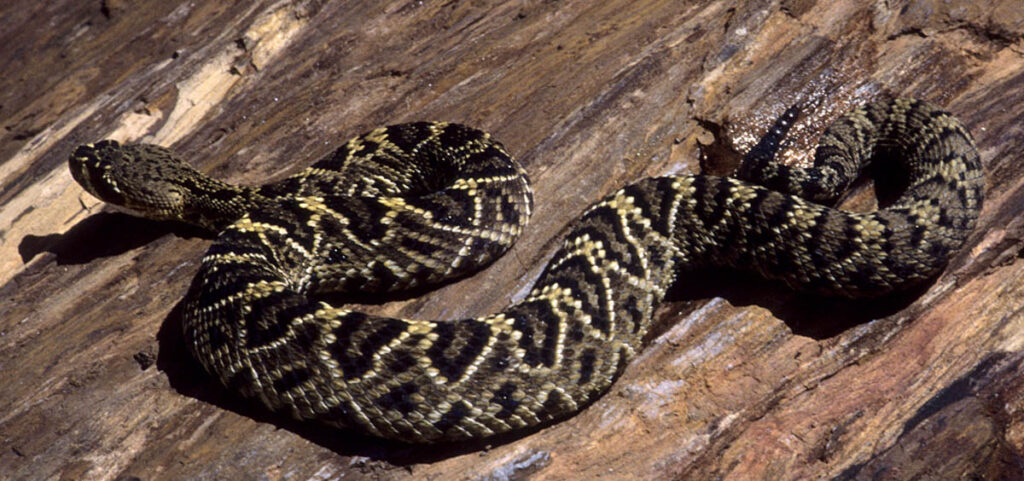
Highly Venomous
The venom of the rattlesnake is very complex containing proteins and enzymes that can cause toxicity to the heart as well as neurotoxicity causing seizures and coma. Most venomous bites cause pain at the bite site, swelling, and purplish bruising.
As venom leaks into the bloodstream:
- Vomiting becomes more frequent, and in severe cases
- Limpness (Hypotonia,)
- Poor renal function, and
- Coma
The most poisonous snake in the US is the Eastern Diamondback Rattlesnake. It has a 30% mortality rate. Also, it’s the largest venomous snake in North America with one of the most dangerous bites.
Treatment
The only treatment is ANTIVENOM specific to the snake family that deactivates the venom and prevents the ongoing inflammatory response. Supportive care is also necessary.
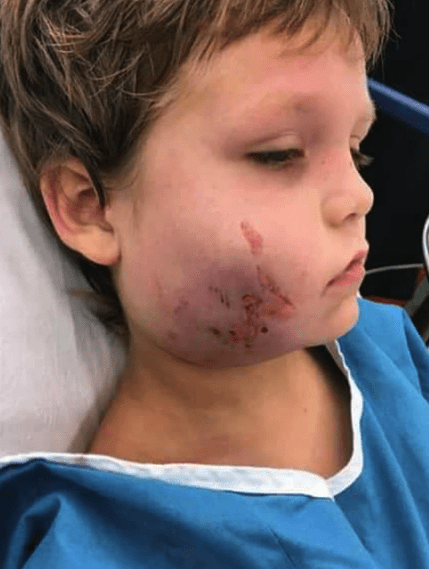
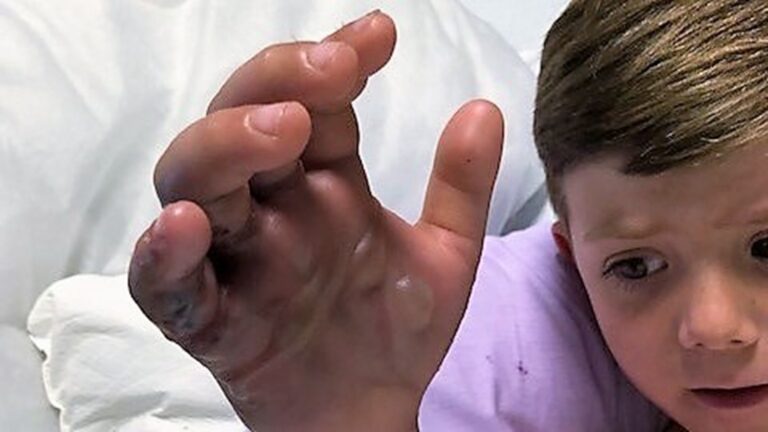
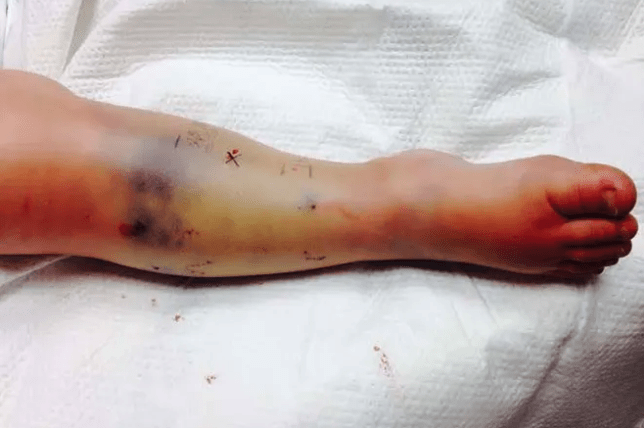
Coral Snakes
Two percent of venomous snakebites are inflicted by coral snakes. The state of Florida reported the largest number of coral snakebites with 255 cases over a 5-year period followed by Texas with 89 cases.
Coral snakes are generally not aggressive, and they may inflict a dry bite or a bite that may not result in systemic envenomation. Typically, coral snake bites cause minimal local pain and swelling but may cause numbness. Arizona and Texas coral snake bites rarely cause major morbidity or mortality; however, Eastern coral snake venom is known to be highly toxic and can cause severe neurologic symptoms including:
- Weakness of eyelids
- Generalized weakness and decreased reflexes
- Numbness at site of bite
- Double vision
- Dysphagia with excessive salivation
- Sweating
- Respiratory paralysis
The neurologic symptoms can present as early as the first 3 hours, or they can present as late as 7 to 18 hours after the bite. Paralysis from coral snake bites can persist for up to 2 months.
Treatment
ANTIVENOM (M. fulvius) should be administered immediately after an Eastern coral snake bite with possible envenomation. No antivenom is available for the Arizona coral snake (M. euryxanthus) and the Texas coral snake (M. tener), but fortunately, their bites are not associated with human fatalities.
Eastern Coral Snake
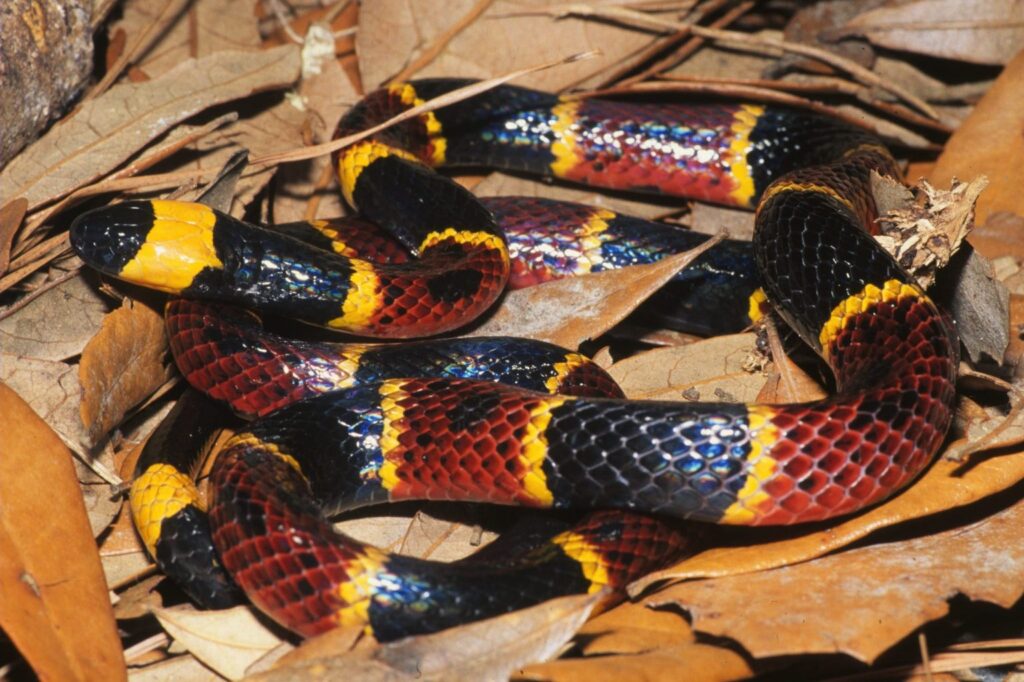
Highly Venomous – Red and Yellow Rings are Touching
Milk Snake
King Snake
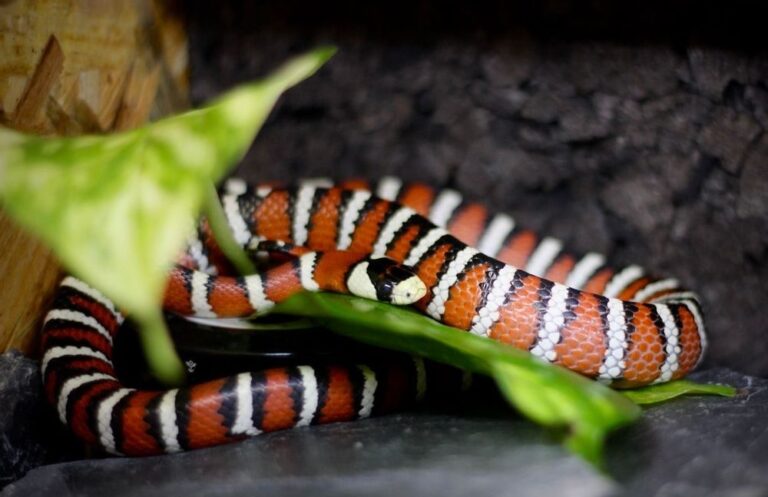
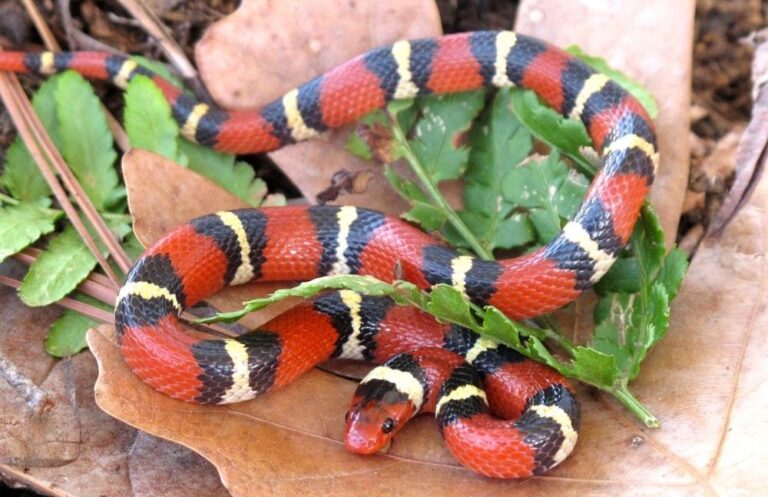
Non-Venomous
Non-Venomous
LITTLE KNOWN SNAKE BITE FACTS
- In 2018, North Carolina had the most snake bites.
- In 2020, Texas poison centers had a 54% increase in snake calls.
- On average, five Americans die from a snake bite every year.
- Honeybee stings and lightning strikes kill 20 times more people annually than all the rattlesnake bites combined.
- More than 1,300 kids are bitten by snakes each year in the U.S. and an increasing number of these bites come from the venomous copperhead snake.
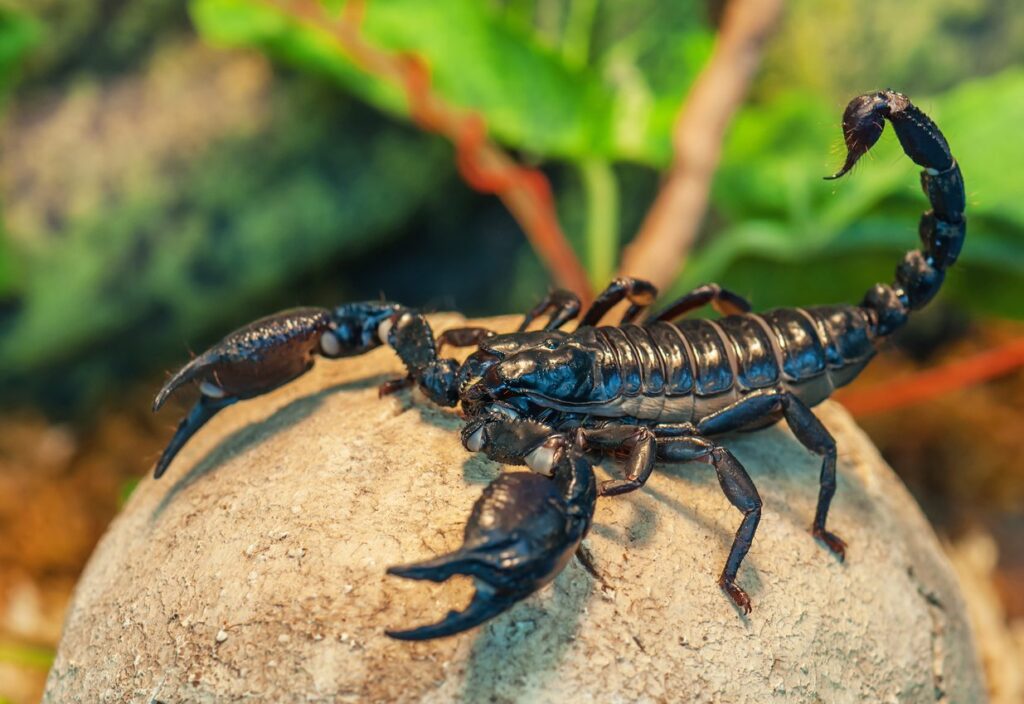
Scorpions
Scorpion bites present a serious public health problem in many regions in the world. The most dangerous species to man are known as (Centruroides.) This species may be found in the southern United States, Central America, South America, Africa, Asia, and the Middle East.
A massive release of autonomic neurotransmitters leading to an autonomic storm is a major contributor to the pathophysiology of scorpion envenomation. The clinical manifestations include:
Sympathetic excitatory effects such as:
- Tachycardia
- Hypertension
- Arrhythmia
Parasympathetic effects manifest as:
- Excessive salivation
- Lacrimation
- Bradycardia
- Hypotension
- Dry mouth and/or thirst
- Dizziness
- Vomiting
- Fever
- Confusion
- Convulsions
- Death – related to cardiac failure and pulmonary edema
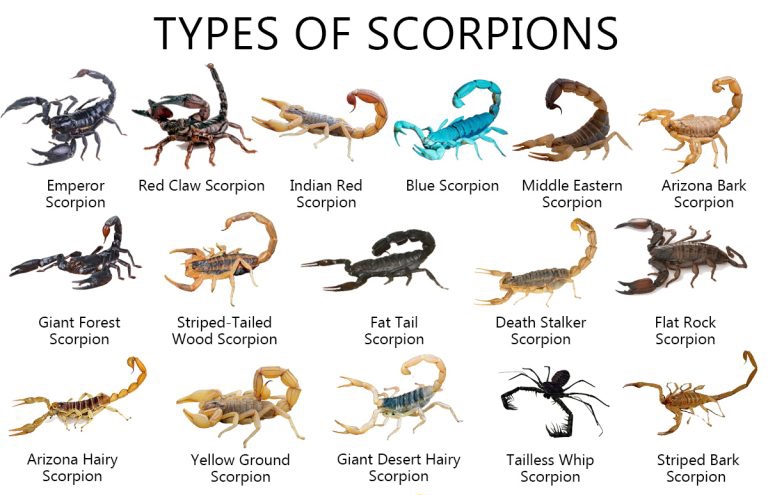
Treatment
- Local pain may be alleviated with 1% lidocaine or 0.25% bupivacaine.
- Opiates may relieve the symptoms.
- Severe envenomation may need intensive care.
- Scorpion anti-venoms are available for specific species.
- Management of complications such as arrhythmias, pulmonary edema, and convulsions is also required.
